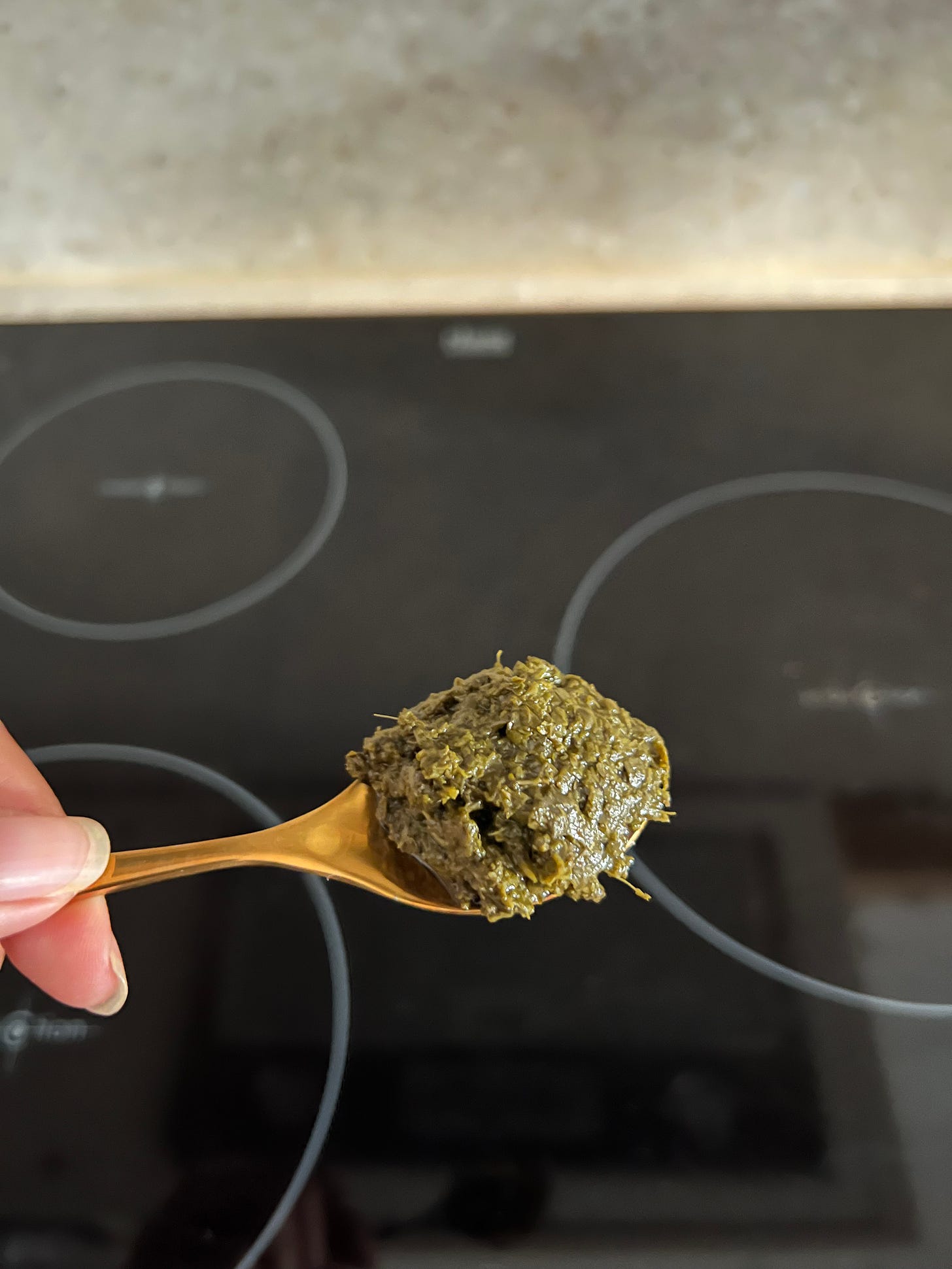Luxury travel is my spiritual equivalent of gut rot—an excess that doesn’t sit right in my body. I’ve spent a few vacations—notably in the Caribbean—in a tourist’s bubble, completely isolated from the local customs and cadences, and felt a strange amnesia after the fact, like I hadn’t visited those countries at all. What’s the point? We have Google Images at home.
When I got to Marseille, where I’m staying for a few weeks, I decided that I didn’t want to do that here. That instead, I would cosplay life in the south of France: speak the language they speak, sip the aperitifs they sip, take their buses and metros home. For one, I want to keep my dollars circulating in the local economy. I also want to feel this city, which means I have to reach out and touch it.
Naturally, tongue first.
I’m staying near Cours Julien, a neighbourhood that some would call artistic and eccentric, others gritty and unkempt. To me, it feels undeniably alive—a microcosm of Marseille’s millennia of history and vectors of immigration. Swivelling your head here is like spinning a globe: you might land on pizza trucks, or Palestinian restaurants, or Moroccan sandwich shops. You never know what kind of retail space you’ll walk into, either: An anarchist bookstore? A record shop that plays French prog? A luthier’s studio? And everywhere, just everywhere, people of all ages partaking in their joys and vices, smoking their cigarettes and holding their wine glasses. They spill from the bars into the streets and back inside when the wind picks up. It’s hard to find a square foot that hasn’t been covered in street art, which makes it feel like you’re in some expressionist painting. The universe hums. My pulse feels like it’s on fast-forward.
There are, of course, the signs of gentrification, too. Organic stores that the locals deem “bobo” (a portmanteau for bourgeois bohème, so-called champagne socialists, which I interpret as a close relative to the hipster), attributable in part to the recent influx of Parisians who’ve come to Marseille in search of more sunshine and a better cost of living. Expensive restaurants—relatively speaking—where I’ll hear the chipper lilt of American English, which has been rare to come by here. Other messages are more direct, like posters urging gentrifiers to go home, to stop evicting the Marseillais from their homes. In this way, it feels just like Mexico City.
The neighbourhood farmers’ market takes place on Wednesdays at the mouth of the Notre-Dame-du-Mont metro station. I bring two totes from my host’s stash and my little bag of money, and let my eyes wander. Plums are in season, including my beloved Reine Claudes. Figs, too. Never one to pass on an opportunity for fresh fruit, I slide a handful of each into kraft paper bags. I ask the bread guys for a slice of pissaladière and grab a sheepsmilk cheese—pungent with wild ramsons—from one of the cheese ladies.
The stalls are stacked high with lettuces and nightshades—tomatoes, potatoes, eggplants, peppers of all lengths and hues. Summer’s still alive and well in Provence. I decide to take advantage of this, to play to my lean vacation kitchen’s strengths, and make something simple—an ode to the season.
Soupe au pistou
Pistou is a versatile condiment made of basil, garlic, and olive oil. People here put it on everything from eggs to pasta, but its most common usage is in pistou soup. The word is derived from the Provençal verb pistar, meaning to grind, to pound, in the same way that pesto comes from the Italian pestare. Pestle, as you might have guessed, sits close in the family tree.
While Italian immigrants have brought many aspects of their culture over to the south of France, pistou differs from pesto in that the French do not add pine nuts or cheese, which keeps the whole thing more green and vegetal. You make the paste separately and add it to the soup when serving, which leaves the aromatics vivid and bright.
Speaking of Italian influence, the soup structure is akin to a minestrone: pasta, beans, tomatoes, veggies. A vehicle for summer’s bounty.
Recipe notes
Here’s the recipe I followed roughly. Didn’t have pasta, so I didn’t use any. Grabbed a bottle of chickpeas from an Algerian grocer around the corner to replace the beans, in the spirit of pretending I live here.
As with all soups, there are endless riffs—here’s a tasty-looking version that includes fennel, celery, and carrot. The important part is the pistou, a flavour I don’t think I can ever tire of.
Love from Marseille,
Tracy



